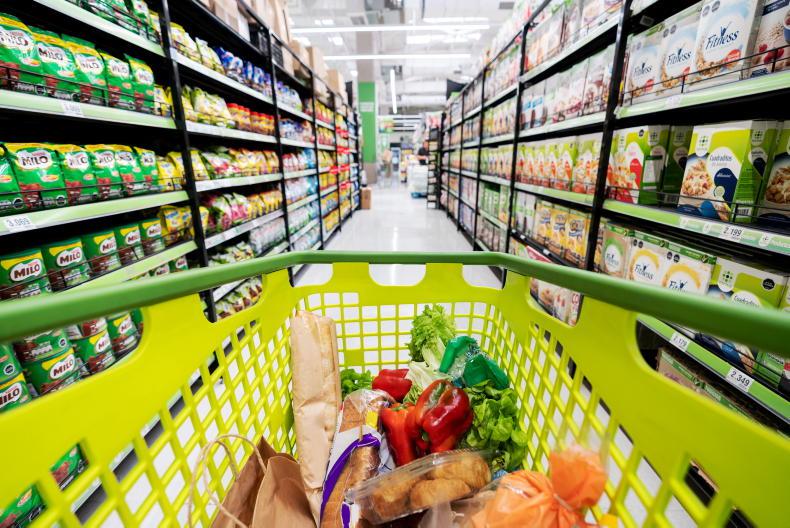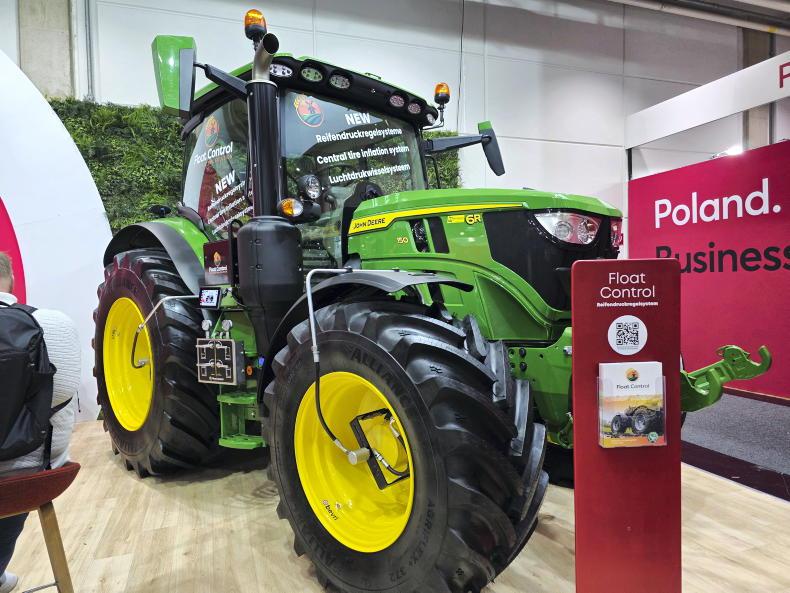The latest Kantar food price inflation data of 16.8%, the highest since they began collecting data in 2008, grabbed headlines this week. This is almost double the CSO overall inflation cost of 8.5% in February when the CSO food price inflation was running at 13.1%.
CSO and Kantar data are collected from different sources so their numbers will not correspond exactly, but the trend from each set of data is the same – an upward trend since the middle of 2021 that accelerated rapidly in 2022.
Food price inflation is particularly sensitive because while it hits all consumers equally, the impact is greatest on those with least income. Food and heat are the two most essential consumer goods for survival, with transport and accommodation costs close behind.
Why is food price inflation so far above average inflation?
Overall inflation cost is calculated on a range of goods and services that reflects everything that people buy. This extends to things like, for example holidays, entertainment, clothes and luxury products.
COVID-19 was a major shock to the global economy in March 2020, and while it meant a collapse in the value of travel and non-essential services, food demand remained the same.
What did change was the route to market, retail sales soared as out of home eating was shut down. Production under COVID-19 restrictions added costs to the supply chain, which in time filtered through to consumer prices.
Just as society was exiting from COVID-19 controls, war loomed with Russia invading Ukraine in February last year. This exposed Europe’s dependence on Russia for oil and gas, the key ingredients for fertiliser production.
The result was astronomical fertiliser costs for farmers in 2022, which were accompanied by record diesel costs. Farm input costs soared to new record levels and farm gate prices increased accordingly.
An additional factor that added to farm gate values for produce was the effect of drought in several parts of the world. Of course it wasn’t just on-farm costs that soared in 2022, processing and transport costs also increased due to record energy and road fuel costs.
Irish agrifood is particularly exposed to transport costs given that we export 90% of our production, and it is also a huge user of energy for refrigeration.
Time lag
Overall inflation appears to have stabilised or even fallen slightly since it peaked at 9.4% in October 2022. This reflects a reduction in energy and road fuel costs in particular, which are key elements of consumer expenditure.
Also, a sharp rise in prices combined with uncertainty in 2022 led consumers to being more cautious with their money. This followed a period of increased expenditure fuelled by savings made during the COVID-19 shutdowns.
However, higher food price inflation reflects the time lag from farm costs in the case of agri food products through production and retail costs. Product leaving Irish farms this week was produced with fertiliser, energy and feed costs at their highest over the past year.
While the processing and retail sectors may have some reduction in energy costs, wage costs have increased because of inflation. If farm costs drop significantly this year, we may see this filter through to retail prices in 2024.
A taste of what is to come
On-farm costs soared to record levels in 2022, and the impact of this is now being felt by consumers. The global pandemic, followed by war in Ukraine were sudden shocks to the supply chain with inflatonary effects.
These will be added to in coming months and years by EU and National policy decisions that add to farmer costs and restrict production.
The EU Green Deal and the Irish Government’s CAP strategic plan will have the effect of making agricultural production more expensive, and as a result cost to consumers will increase further for agri food products that are produced in the EU.
There is another scenario. There could be “relief” for consumers through imports of agri food products from other parts of the world that aren’t constrained by the EU Green Deal.
With the push on to get the Mercosur deal ratified and New Zealand and Australia about to harvest their successful trade negotiation with the UK, it could be Irish farmers that are left holding the expensive produce while their customers shop elsewhere.










SHARING OPTIONS